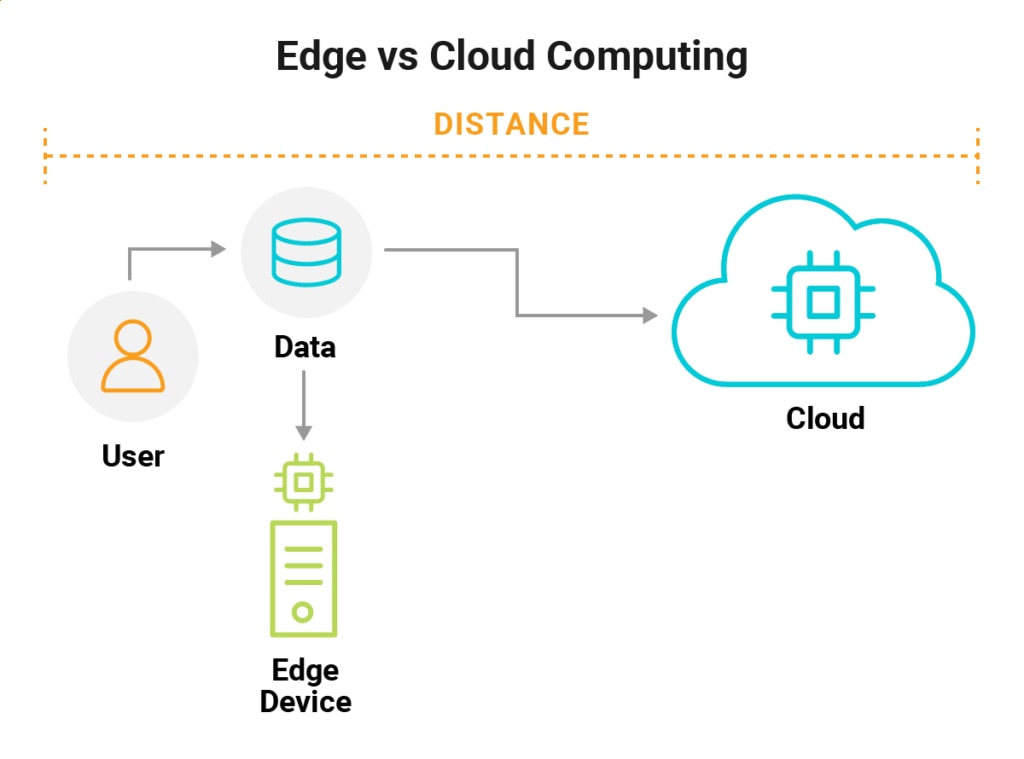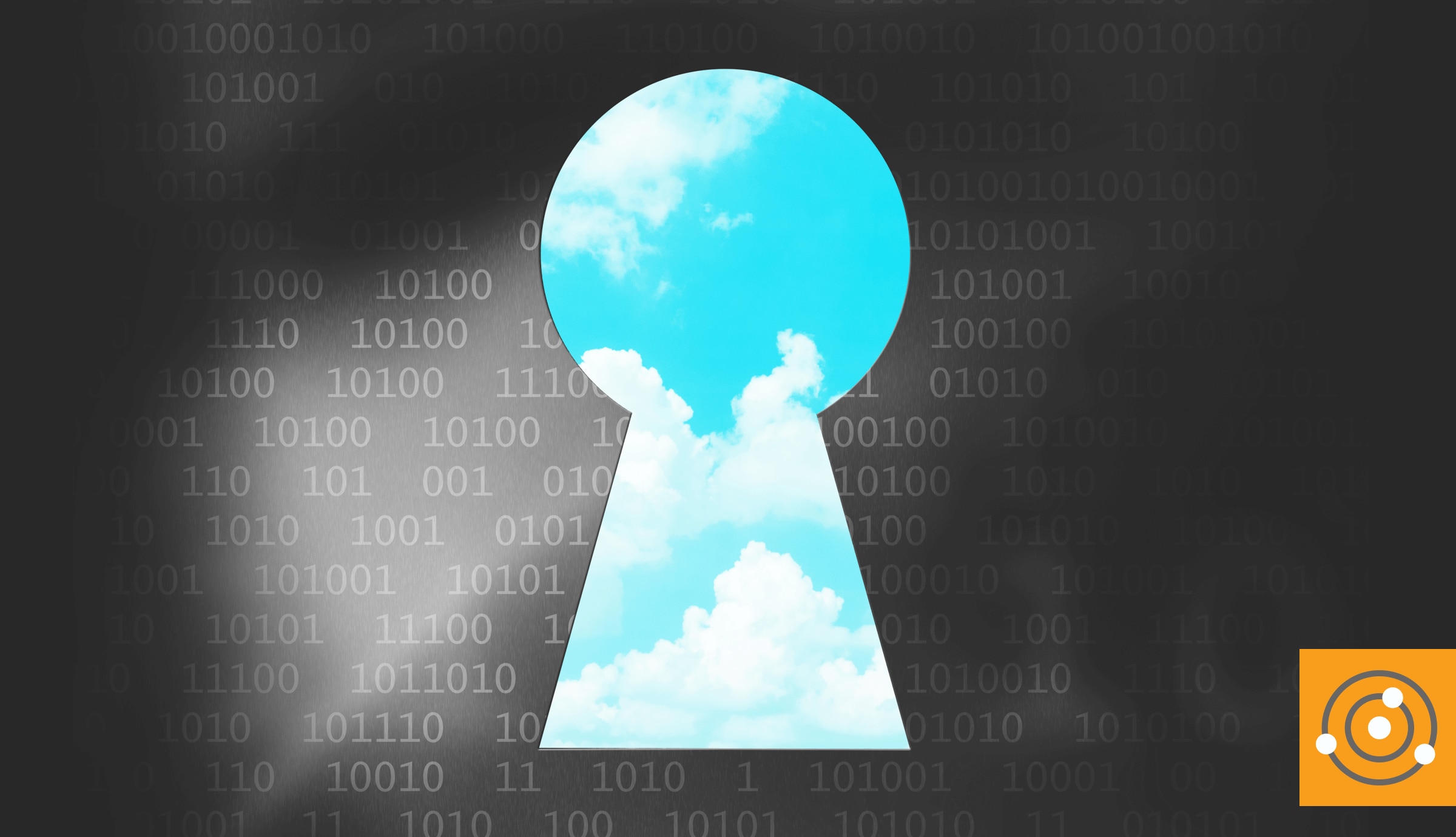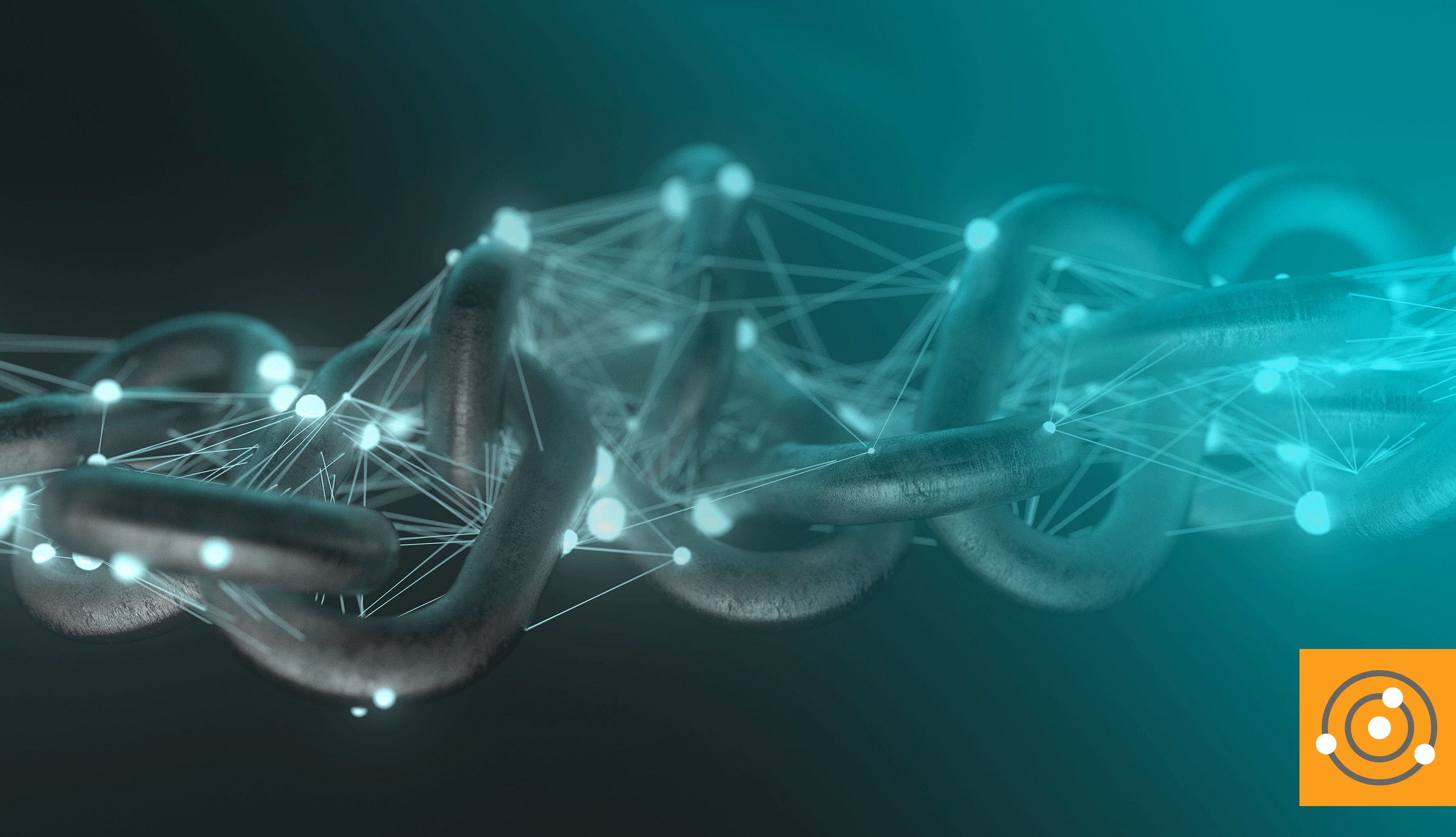For decades, network administrators have tried to combine and centralize compute power. And the premise behind cloud computing was to delegate your data storage, analytics, and computing intelligence to some remote data center instead of or in addition to these resources remaining solely on-premises. Nowadays, increased processing power is combining with increased demands on response time to reverse the process. This blog post will dive deeper into the resulting trend, called edge computing.
I remember the early days of cloud computing and how everyone was trying to determine whether it would stick around. Were corporate data centers suddenly dead? Was the cloud a better model in which to computing resources? The questions were endless, and the answer was always, “it depends.”
Since cloud computing is something we all now deal with every day, it’s time to tackle edge computing. Let’s examine edge computing vs. cloud computing, so you can decide which one makes sense for your organization to best support your end users.
What Is Cloud Computing?
Compared to edge computing, traditional cloud computing is a much more centralized model. Whether in a public, private, hybrid, or multi-cloud environment, data processing happens at a centralized location, with cloud services offered from this same centralized location.
For example,
cloud service providers, like Amazon Web Services (AWS) and Microsoft Azure, own and maintain the physical hardware and then rent the compute resources needed for storing your real-time data in their cloud servers. In this architecture, internet connectivity and bandwidth can quickly become a design constraint for your apps.
How Does Edge Computing Differ From Cloud Computing?
In the early days, cloud computing was pretty nebulous, so let’s be more clear-sighted about edge computing. Edge computing creates a fundamental shift of compute power to the “edge of the network,” where the data is generated instead of sending it elsewhere to be processed.
Edge devices, as the term indicates, lie at the edges of a network outside a traditional data center. Edge computing is all about putting compute power near the data source. One technology championing edge computing is the Internet of Things (IoT) and IoT devices; this is a fundamental change in where data is gathered. In this case, these devices, which can be anywhere, are collecting data needing to be processed outside the confines of the data center or cloud.
This shift in computing location can bring considerable benefits to some workloads. Data doesn’t need to travel as far when processed at the edge instead of in the cloud. Think of systems with high throughput requiring lower latency, such as artificial intelligence and machine learning (AI/ML).
Edge computing architecture can also reduce complexity and help meet stringent requirements as all processing is done locally, meaning architectures aren’t limited by internet connections as they would be with cloud computing.
Figure 1 below shows the difference between data processing at the edge and in the cloud.
 Figure 1: The distance required to send data is much greater in cloud computing than in edge computing.
Figure 1: The distance required to send data is much greater in cloud computing than in edge computing.
Advantages of Edge Computing
There are some benefits to edge computing compared to cloud computing in many cases requiring high compute and low latency, such as AI, data processing, simulations, and video streaming.
When real-time processing is a must, especially where there are networking constraints and processing is time-sensitive, edge computing can make a huge difference. If response times between the data source and the computing services aren’t hitting the mark, it may be time to look at edge computing applications.
However, edge computing isn’t the right choice for every use case. Data centers in the cloud provide huge resources you can’t replicate at the edge. Also, the cloud allows you to combine data from many different edge computers, perform analytics benefitting from large data sets, and robustly store data.
Will Edge Computing Replace Cloud Computing?
While conversations about edge computing are quickly becoming mainstream, edge computing isn’t a replacement for cloud computing.
Many workloads, such as traditional virtualization and general-purpose computing workloads, perform wonderfully in the cloud. And the cloud has many benefits, such as quick scalability and massive amounts of processing power. It also allows organizations to focus on workloads and data instead of managing infrastructure and data centers, greatly reducing costs in people, equipment, and facilities.
The key differences between edge and cloud computing come down to the use case, the data being processed, and its purpose. One isn’t necessarily better than the other, so it’s essential to understand your workloads and the main differences between these two computing methodologies.
How Observability Can Provide a Comprehensive View Across Your Infrastructure
Decisions about whether to use cloud computing or edge computing should be data-driven. To get this data, you need a good understanding of how your infrastructure is currently operating.
Troubleshooting performance issues sometimes seems more of an art than a science. Dealing with a performance issue can sometimes feel like flying blind—especially when it concerns devices at the edge. But it needn’t be this way.
This is why it’s crucial to have a good view of everything across the IT infrastructure (including cloud and edge) to help figure out where these bottlenecks and issues are occurring so you can fix them.
Sometimes, however, the issue isn’t always what it seems. You may want to blame one component within the infrastructure when in reality, this component’s performance issue is merely a symptom of a bigger problem.
When you’re looking to make better-informed decisions about whether to use edge computing or cloud computing based on the state of your current on-premises, hybrid, or
multi-cloud infrastructure, SolarWinds solutions are built to give you the deeper insights you need. Learn how the
SolarWinds® Platform is at the core of our observability offerings and discover which solution is best for you.
 Figure 1: The distance required to send data is much greater in cloud computing than in edge computing.
Figure 1: The distance required to send data is much greater in cloud computing than in edge computing.








